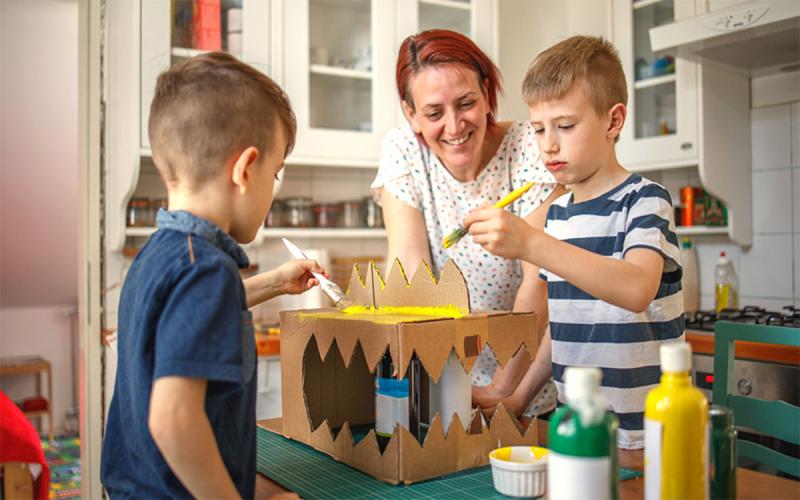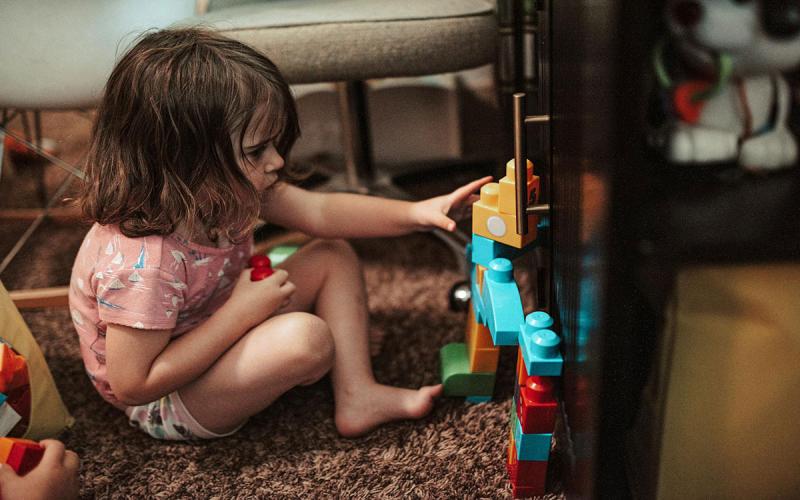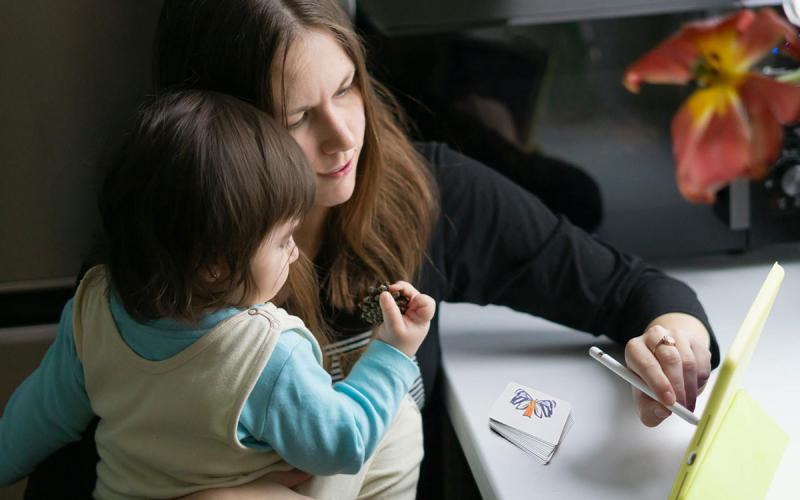Have you heard kids say, “Don’t throw that box away!” as you are receiving a lot of boxes and packages for the upcoming holidays? Keep your boxes and let kids use their imagination to create their own designs and creations. Read the book Not a Box by Antoinette Portis to your kids. Everyone thinks the box is just a box, but the rabbit imagines it to be a race car, a mountain, a building on fire, a robot, a pirate ship, a hot air balloon, a steamboat, or a rocket ship.
Collecting and Tinkering With Materials

Using a cardboard box to make something new requires children to use familiar materials in unfamiliar ways—a tenet of tinkering. They also need to learn basic skills for working with cardboard, making attachments, and using a variety of tools. As children explore the materials, teachers can use open-ended prompts like “How can you break down the boxes, combine the boxes, or decorate them? How can you use other materials with the boxes?” Tinkering with different types of cardboard helps children identify which types are easiest to bend, fold, poke holes in, or cut. Teachers can offer support as children explore tools and materials for making with cardboard, such as child-safe cardboard cutters, scissors, cardboard rivets, and different types of tape. To be responsive to different physical abilities, teachers can plan for and use adaptive tools and materials or precut pieces of cardboard. They can stabilize materials using clamps, nonslip mats or tape to hold the cardboard in place.
Materials for making with boxes may include:
- Reusable Resources: Boxes of different sizes and shapes, cardboard, paper plates and cups, and bottle caps.
- Connectors: Glue, brads, wire, tape, cardboard rivets, reusable zip ties, and a low-temperature glue gun.
- Tools: Scissors, child-safe cardboard cutters, cardboard hole punchers, wooden skewers, rulers, and pliers.
- Items for Decorating: Yarn, string, fabric, felt, drinking straws, pom-poms, feathers, googly eyes, stickers, glitter, craft foam, beads, tissue paper, and construction paper.
- Signage Materials: Paper and markers, crayons, or pencils.
Ask kids to guess what was created with the boxes and invite them to share a short story about what they made, and then invite the kids to play together with their creations. There are so many learning concepts they will be developing, such as STEM, social skills along with critical thinking.
Reference
- Box It!, National Association for the Education of Young Children.


